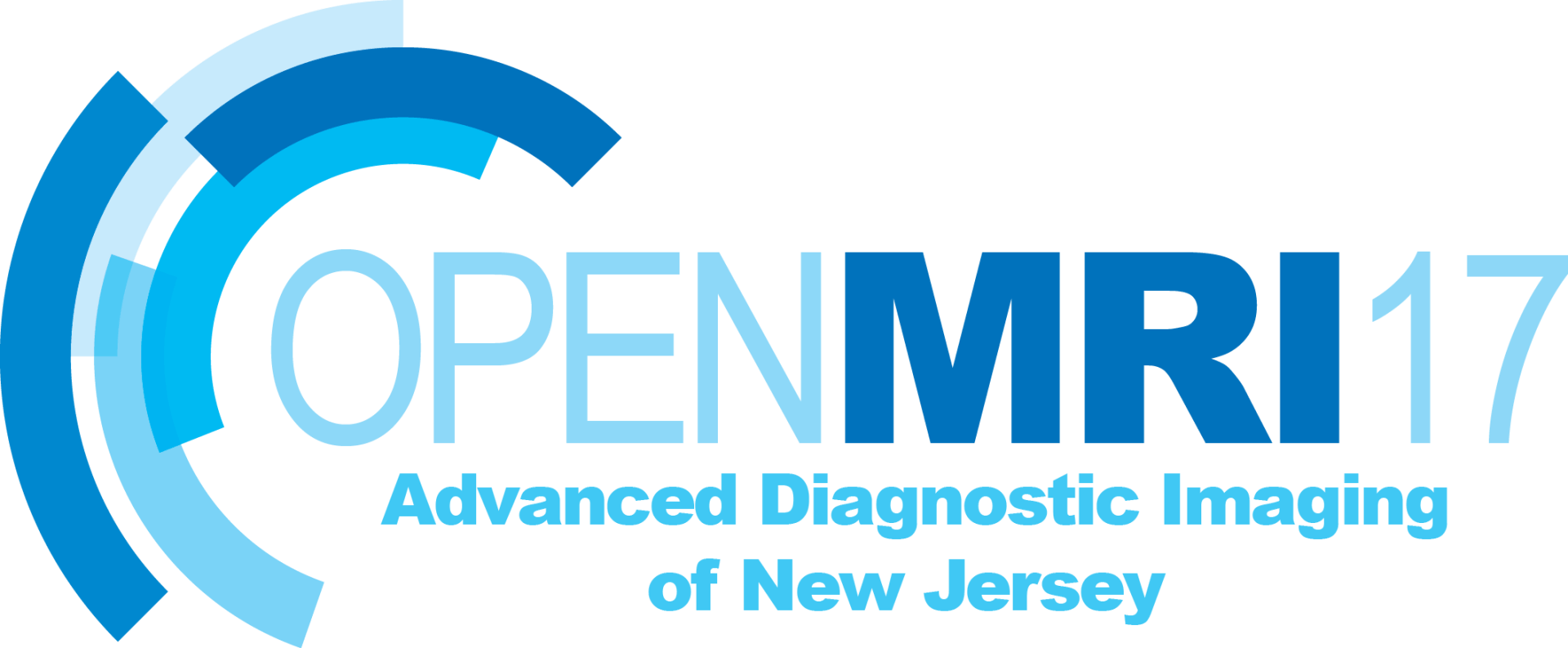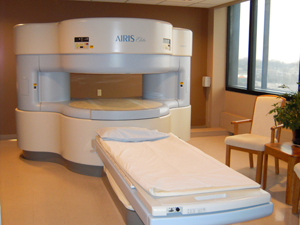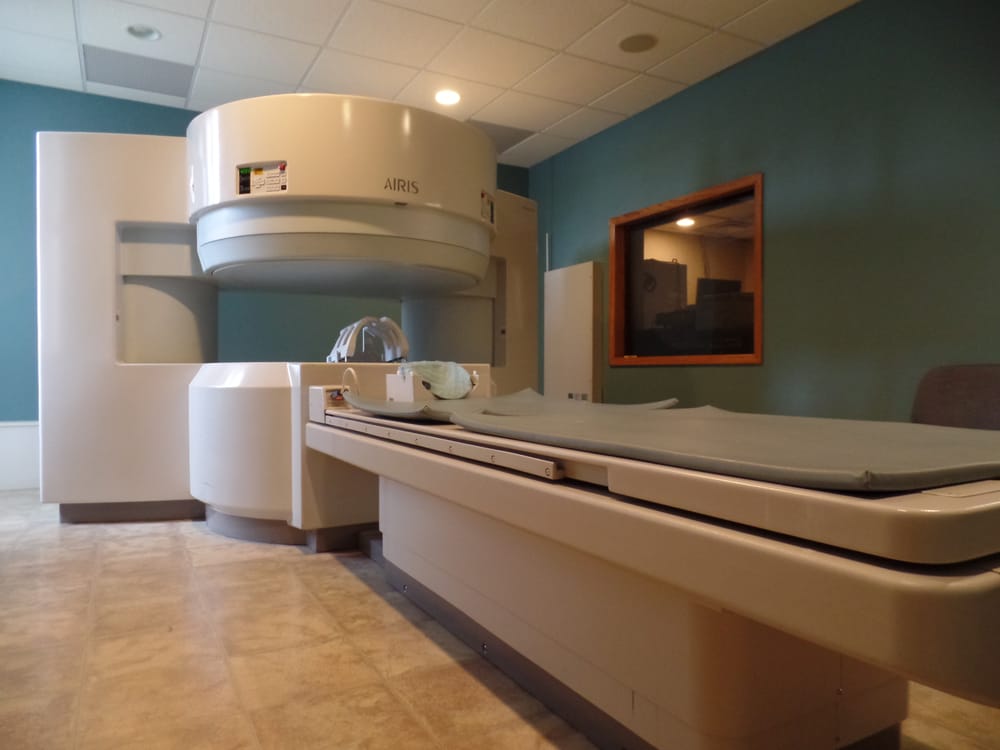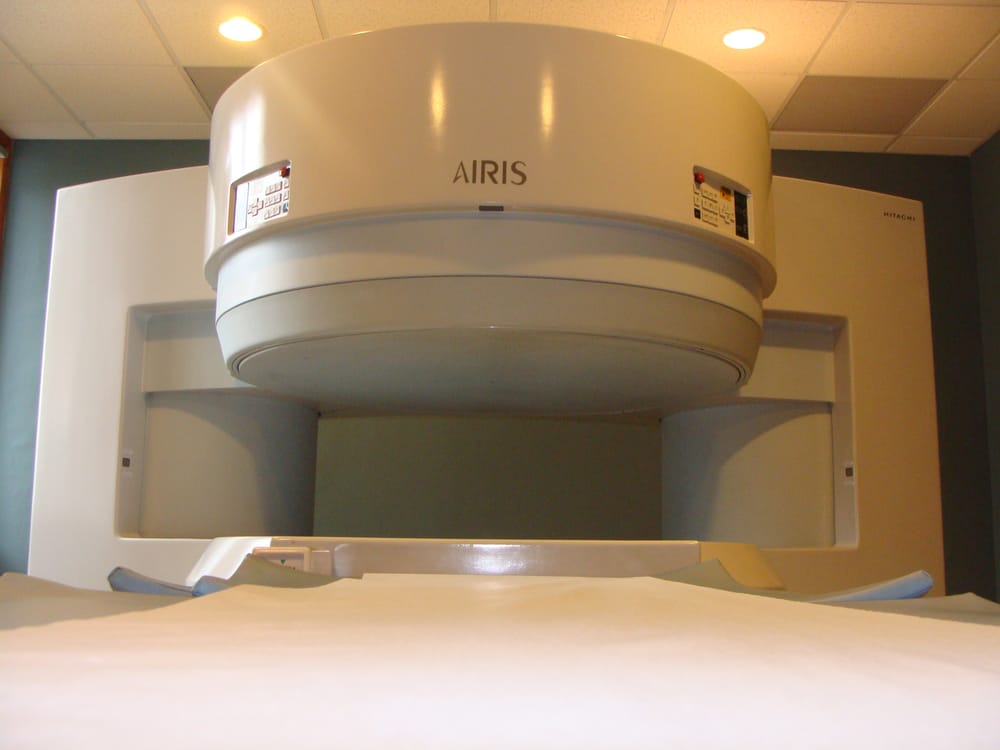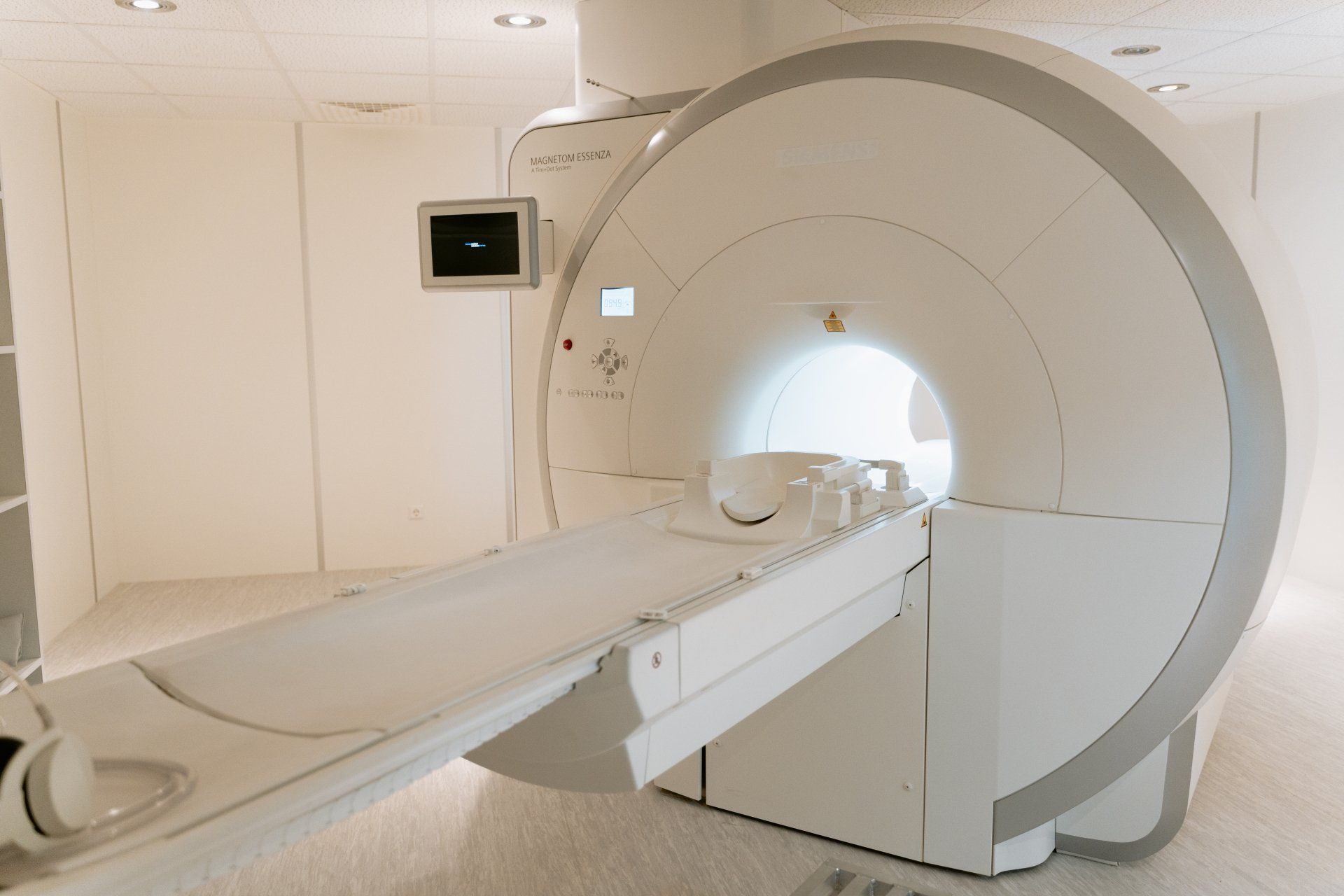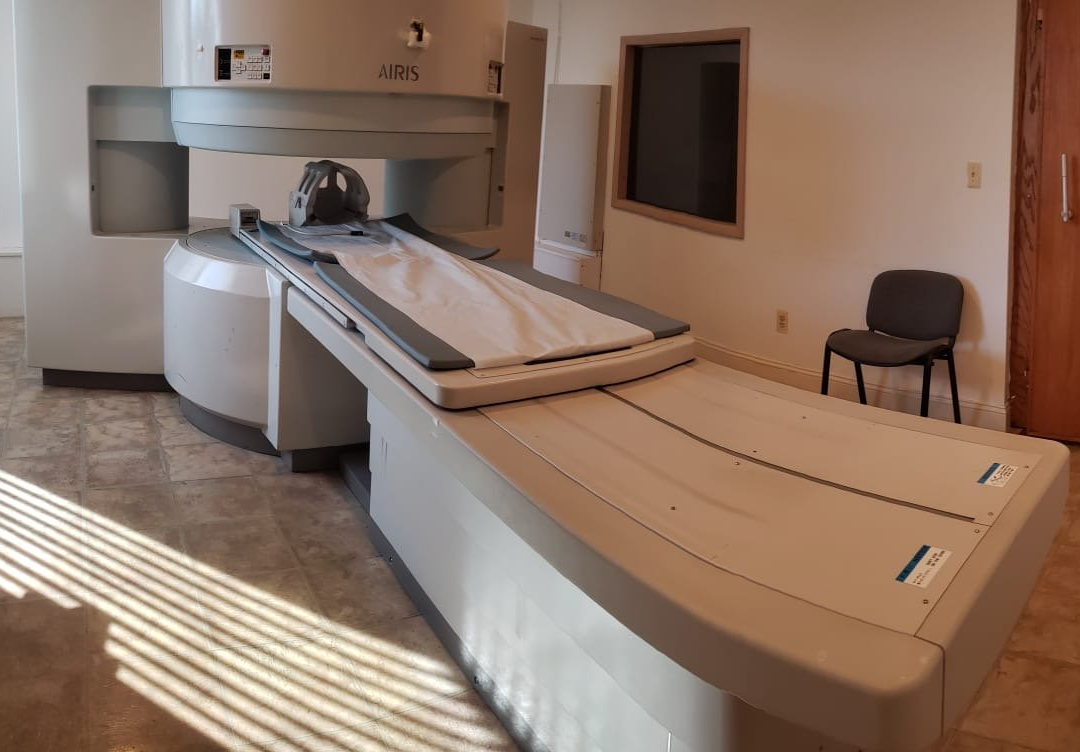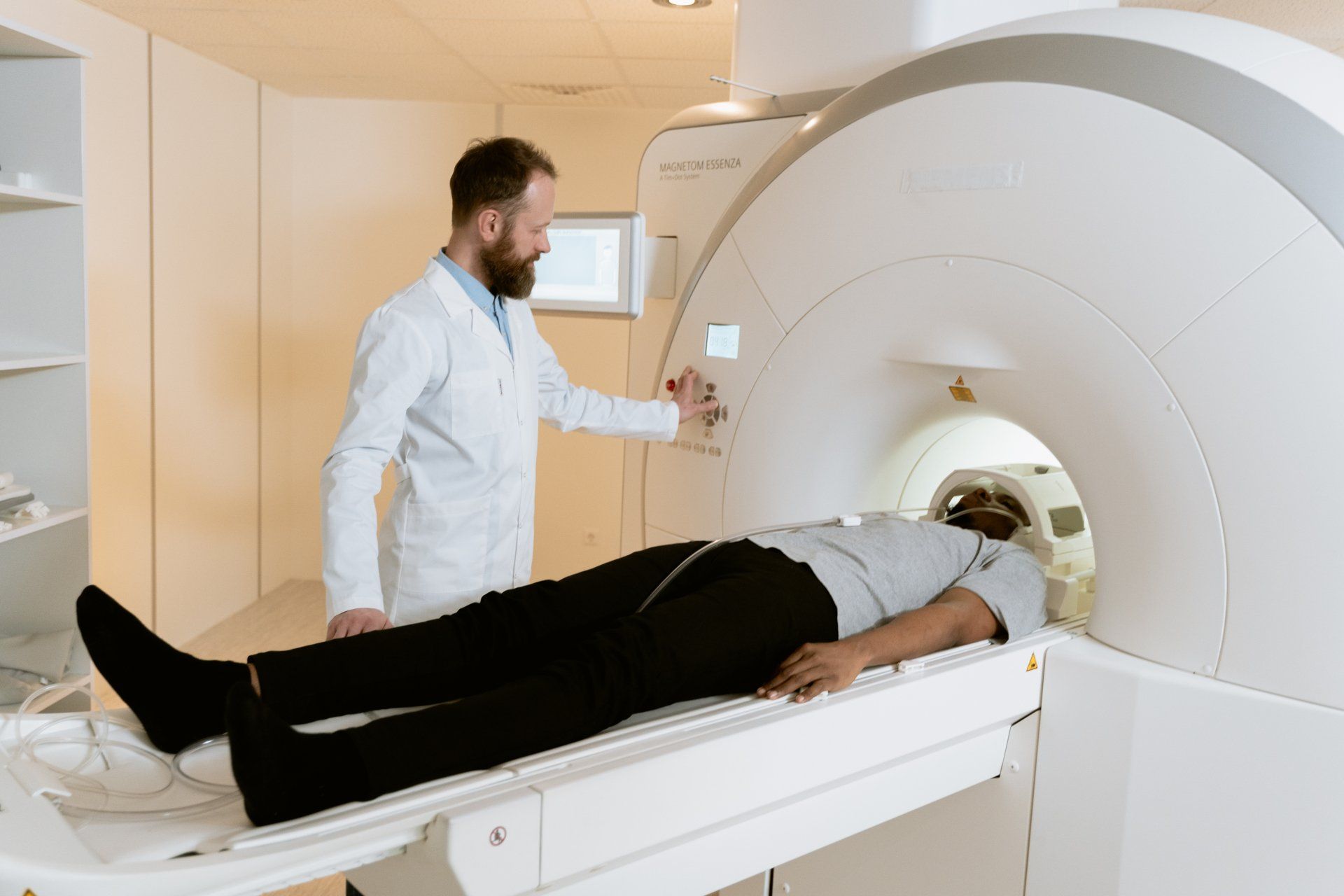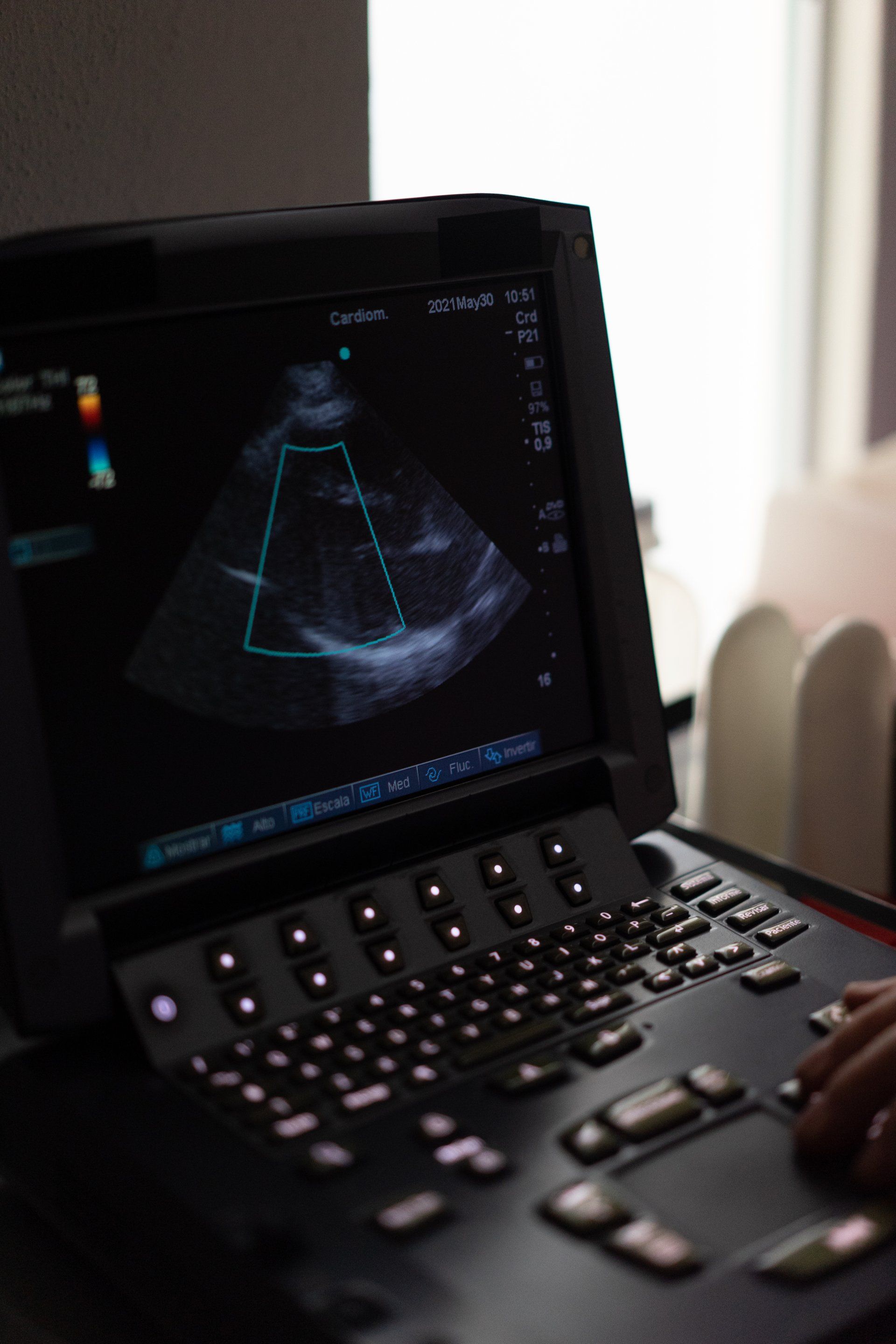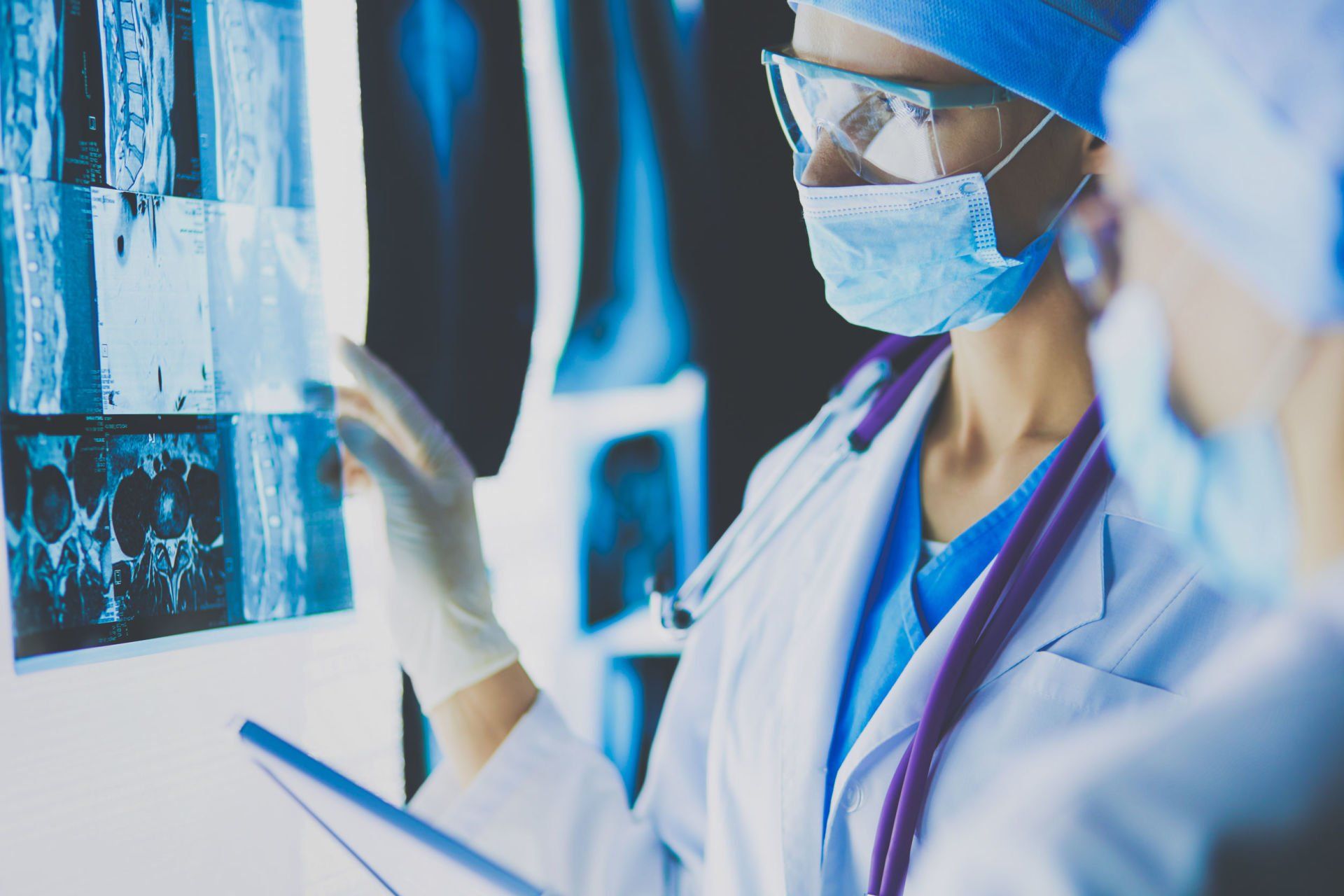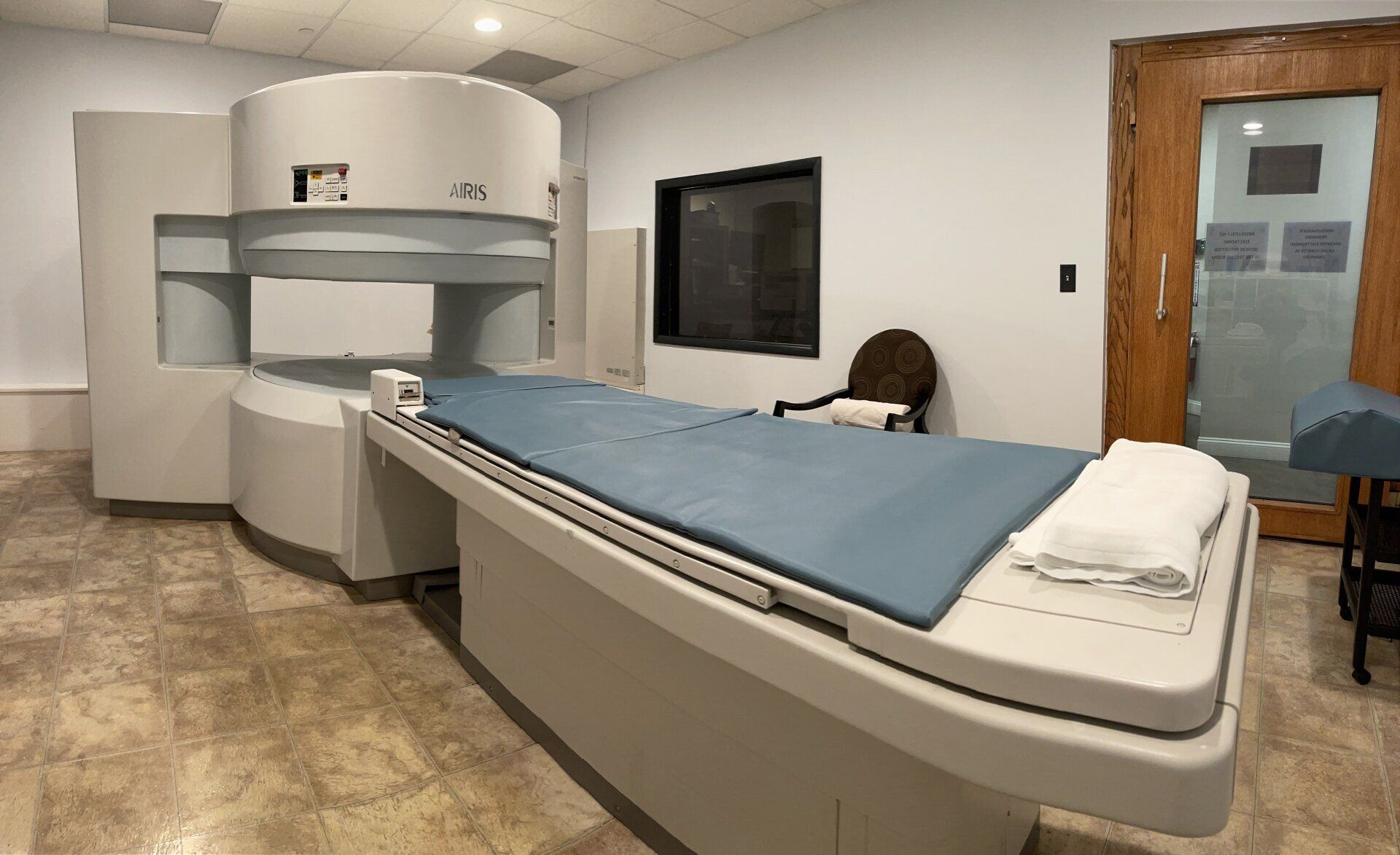CT Scans: Balancing Health Risks and Medical Benefits
Computed Tomography (CT scans) or Computed Axial Tomography (CAT scans) have significantly helped doctors analyze and diagnose multiple conditions quickly and conveniently over the years. It has also removed the need for unnecessary medical procedures and improved treatment strategies to add comfort for the patients as well. However, this amazing medical imaging procedure also introduces the patient to ionizing radiations, which are known carcinogens for humans. Nevertheless, doctors always order a CT scan only when the medical benefits outweigh the health risks.
Let us see how the doctors balance the health risks and medical benefits of a patient-
An Introduction-
EMI Central Research Laboratories in England developed CT scanners in the 1960s. Still, the use of this clinical imaging machine only rose in the 1980s owing to its fast scanning speeds for large anatomical sections. In 2009, over 75 million CT scans were performed in the USA. However, around 5% to 30% of these cases were medically unnecessary. This leads to the question of why would a doctor recommend an unrequired exposure to ionizing radiations? And whether using a CT scan is safe for humans and how much exposure will not result in lethal problems.
Calculating Risks-
CT scanners work principally by emitting a series of X-rays. Since different tissues absorb these radiations differently, the images acquired provide detailed data on the anatomy and diseases. However, the effects on different tissues are also variable. The absorbed radiations can break chemical bonds in the DNA, damaging it. The bond is broken as a result of charged ions being liberated, hence the name, ionizing radiation.
The human body is completely capable of repairing these broken DNA strands. But if the cells are not fixed, they can convert into cancerous forms. Studies show that the probability of getting cancer due to CT scans is as low as 1 in 2000. At the same time, head scans involving only one organ exposed to the radiation carry even lower risks of 1 for every 11,080 men, according to Smith-Bindmen. Abdominal and coronary scans carry higher risks as they expose multiple organs at the same time. Chances in children are also higher as they have many more years to be exposed to environmental radiation.
The American Association of Physicists in Medicine (AAPM) released a statement that- The potential risks from CT scans are too low to be detected and may be non-existent. Speculations about cancer incidences should be discouraged as it generates media sensation and deters patients from getting CT scans who may need it.”
About Open MRI 17-
Do you need an open MRI to diagnose any underlying health disease or possible fracture? Open MRI 17 is an Outpatient Diagnostic Imaging Center located on Route 17 in Paramus, New Jersey. We provide high-quality imaging services, including MRI, CT Scans, Ultrasound, Echocardiogram, and X-Ray. Excellent patient care, comfort, and experience are some of our top priorities. From the moment you walk in to the moment you leave, you will be greeted with a smile and be treated like family. In addition, you can be assured of a quick follow-up with results for both you and your healthcare provider.
Visit
our website, call us at (201) 368-2005, or
email us to learn more and schedule your appointment for any of our services.
